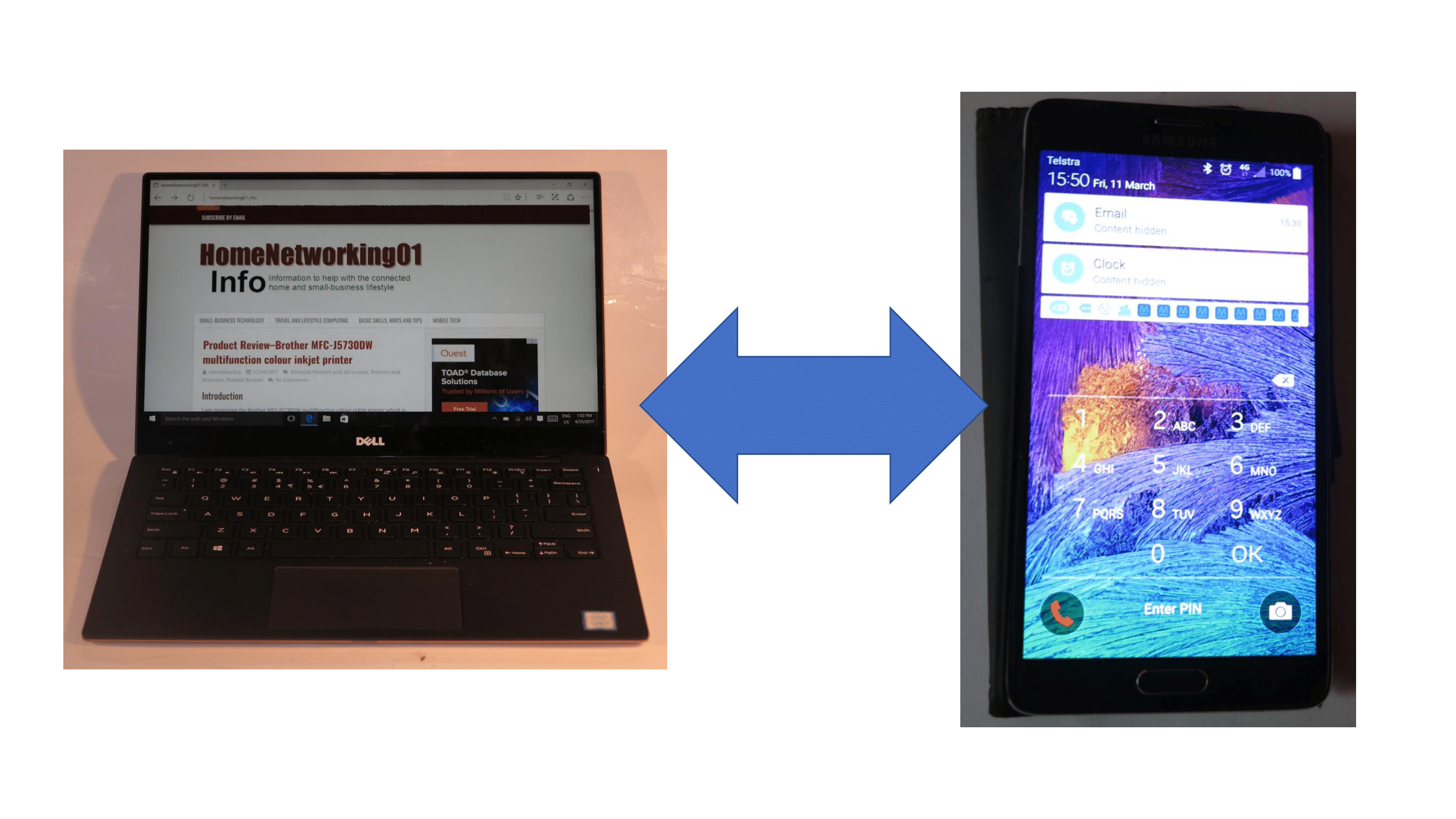Article

Simply restarting your Thunderbolt-3-equipped computer may correct problems you have with any Thunderbolt 3 docks attached to it.
Microsoft Warns of Uncommon Windows 10 Thunderbolt Issue | Bleeping Computer
From the horse’s mouth
Microsoft Support
My Comments
You may find that your Thunderbolt-3-equipped computer may show up a problem with its Thunderbolt 3 connection if it is running a recent build of Windows 10.
This will happen when you are using a Thunderbolt 3 dock or a Thunderbolt 3 peripheral like a display or external graphics module that has dock functionality where you can connect multiple peripherals. As well, it may encompass Thunderbolt 3 devices that have user-removable or user-replaceable storage media like memory-card readers, SATA hard-disk interfaces or optical drives.
It will be common with those of us who have a laptop computer and establish one or more workspaces equipped with a full-sized keyboard, mouse and one or two large screens then use a dock for one-cable connection and disconnection. You may also be connecting one or more storage devices like USB hard disks, memory keys or optical drives to the dock for extra storage functionality.
The problem will manifest if you have Fast Startup enabled on your Windows 10 laptop. This mode, which will most often be set up by default and to come in to play when you close up your laptop, will dump from RAM to the internal hard disk or SSD what is needed to bring your computer to the login screen when you close the computer’s lid or quickly press the Power button.
The symptom will show up if you do the following practices regularly:
- connect the computer to the Thunderbolt dock, finding that all peripherals connected to the dock are present and functioning as far as Windows is concerned.
- power-down the computer by pressing the Power button for a long time or instigate a shutdown procedure from within Windows with the goal to have it fully turned off.
- disconnect the Thunderbolt dock from the computer once you see the screen go black
- let the computer completely power down
- connect the Thunderbolt dock to that computer and wait for it to stabilise
- turn on the computer like normal
Here, the peripherals connected to that Thunderbolt dock will register with Windows and be present in the operating system’s Device Manager. But they won’t function as expected like you won’t have any input from the full-sized keyboard or mouse nor would the storage devices be available for use by Windows and its applications.
This behaviour happens very occasionally and you may normally disconnect and reconnect the dock to force Windows to “rediscover” the associated peripherals.
But what can you do to rectify this problem? Here, it is a simple process of fully shutting down then restarting your computer using the Shutdown or Restart procedure in Windows without disconnecting the Thunderbolt dock. Here, you have to wait until all the lights on the computer are off, not just the screen, when you instigate the Shutdown procedure this time.
With this process, you are making sure that during the boot cycle, the Windows operating system is properly taking stock of all the peripherals that are connected to the Thunderbolt dock and making sure they are properly available “to the computer”. This includes enforcing the dock to reset itself and create a fresh inventory of what is connected to or integrated in it to present to the host operating system.
You may also find that fully restarting your computer if peripherals connected to a hub, dock or similar device aren’t working properly no matter the connection method or operating system.

